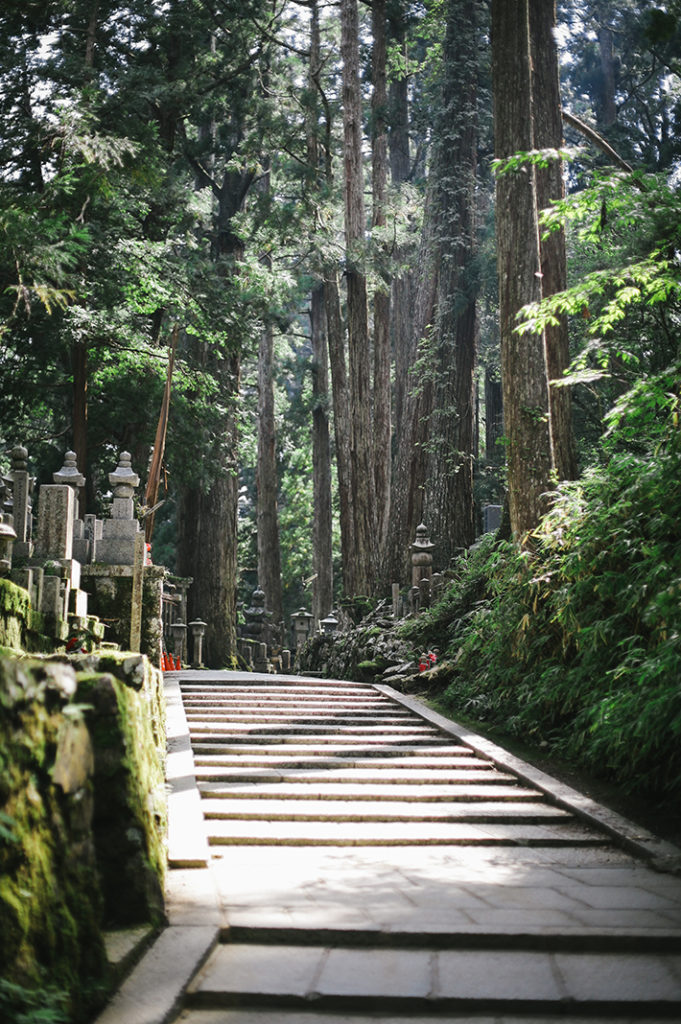
~~
In the footsteps of Kobo Daishi.
Deep in the mountains of Wakayama prefecture, shrouded by a rolling sea of dark-hued cedar, lies a self-contained Buddhist mountain kingdom. The elevated town of Kōya-cho sits atop a mountain named Mount Kōya [高野山/Kōya-san].
In the year 816, after many long years of pilgrimage and refinement, the legendary monk Kūkai (posthumously named Kobo Daishi) created a home for Shingon Buddhism atop the mountain. Although born with simple beginnings, the town of Kōya-cho grew from a humble dwelling to an entire ecosystem of spiritual refinement.
Kūkai laid the foundations for much of Japan’s Buddhist identity and development. Buddhist legend states that he engaged in a long search for an isolated place to immerse himself in meditation on the Shingon Buddhist way. Fortunately, his search was aided and approved of by the mountain’s guardian Kami (spirits of the Shintō way).
Although magnificent, the road to Kōya-san was trying and long. The mountain is surrounded in every direction by wave upon wave of pine-covered mountains, seemingly reaching into eternity. It stands at around 800 metres elevation, with steep and thickly forested slopes; navigating the terrain on foot was Kūkai’s first challenge.

(You can read the rest of the article at this link. This article was first published by Team JJ on August 8, 2020. Check here for deeper and unique insights into visiting Japan, including wellness, travel, cuisine and more. Find us on Instagram and on Facebook.)







